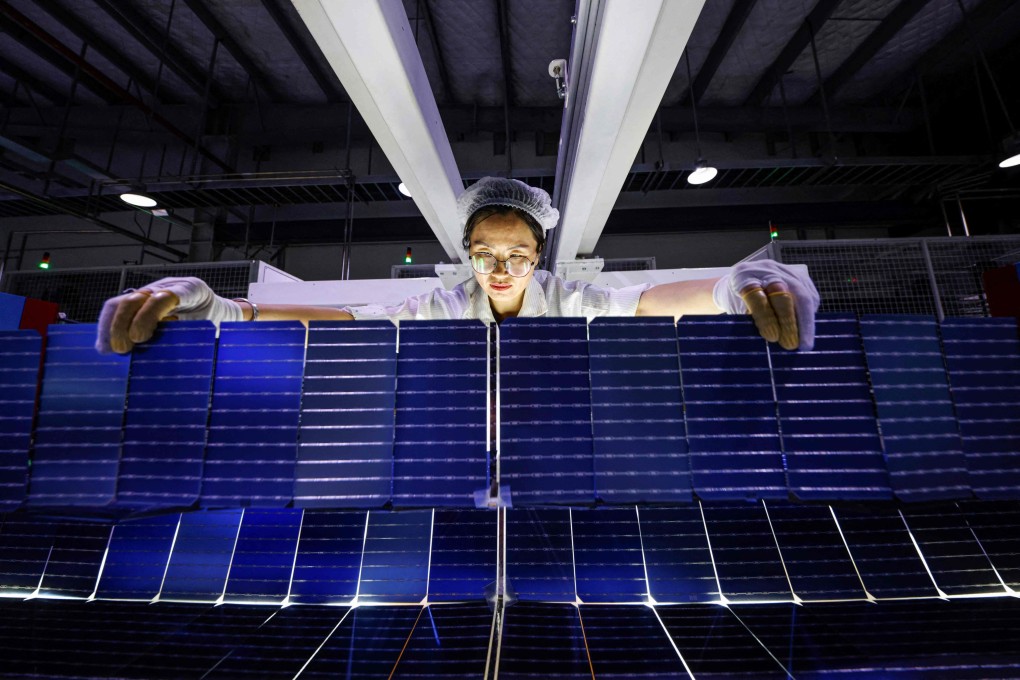Opinion | China’s overcapacity could enable a green Marshall Plan
As trade barriers rise in developed countries, China’s production capacity can fill the green development gap in the Global South instead

The proposal includes three goals: assisting developing countries’ green development, expanding China’s aggregate demand and enhancing China’s global leadership. Like the original Marshall Plan, the plan would provide large volumes of commercial credit and investment, policy loans and government aid.
Defining “overcapacity” can be controversial. As some Chinese experts have pointed out, if Chinese companies can sell their products, whether at home or abroad, there is no overcapacity. So, if we understand overcapacity as a case of supply exceeding demand, it may be useful to distinguish between the domestic and the global context.
The first step to addressing overcapacity, then, is to balance the current account. In fact, the Chinese authorities have been working towards this goal ever since the 2008 global financial crisis, by boosting domestic consumption.

